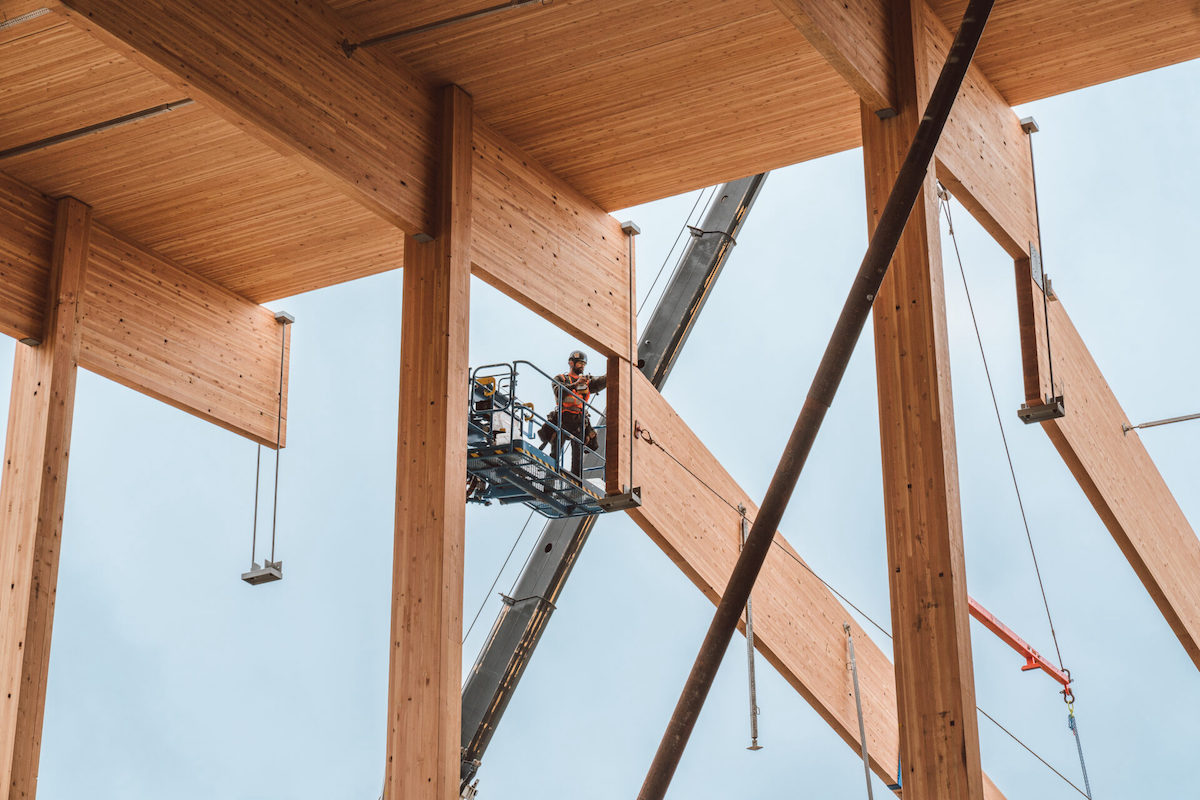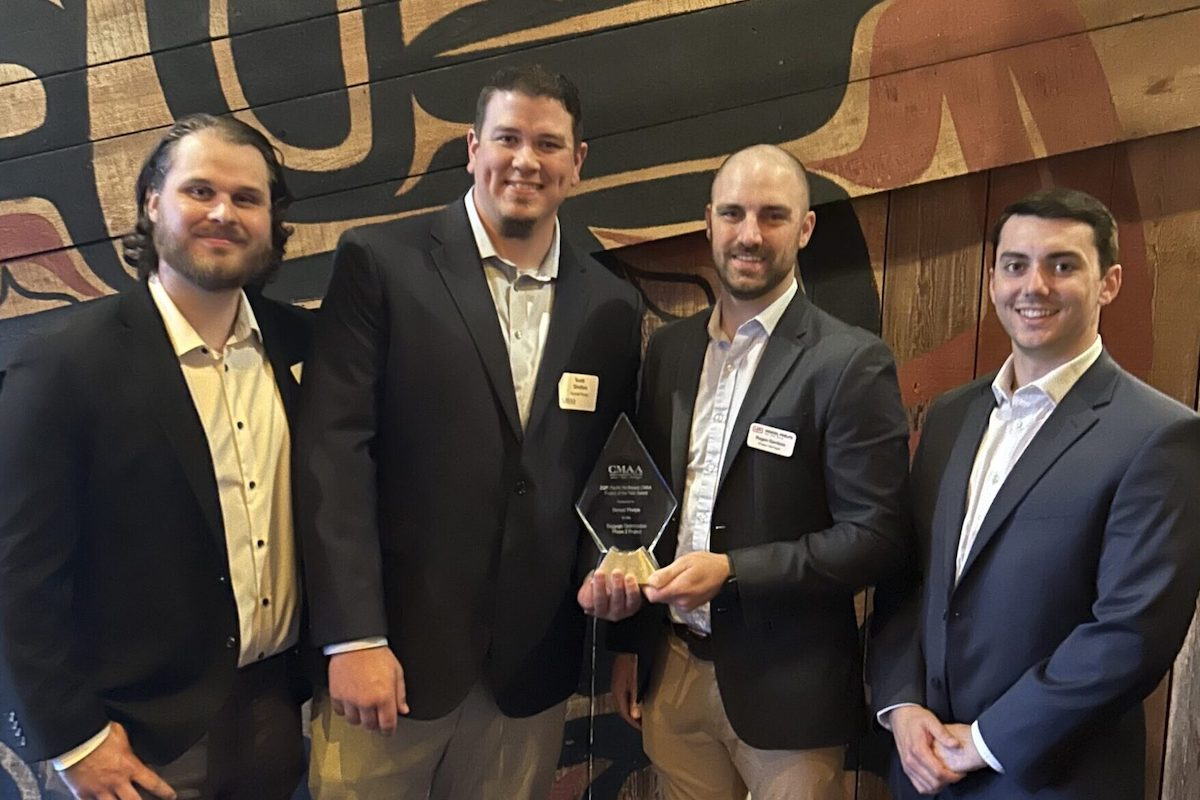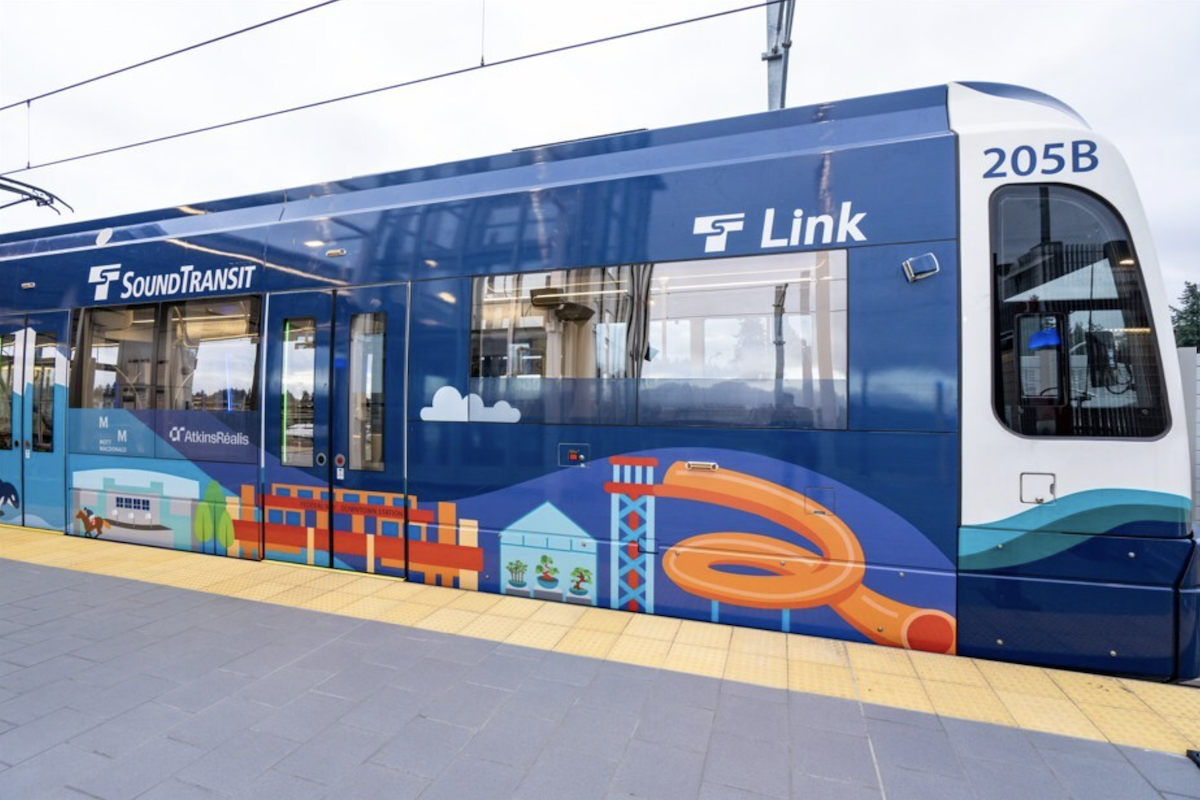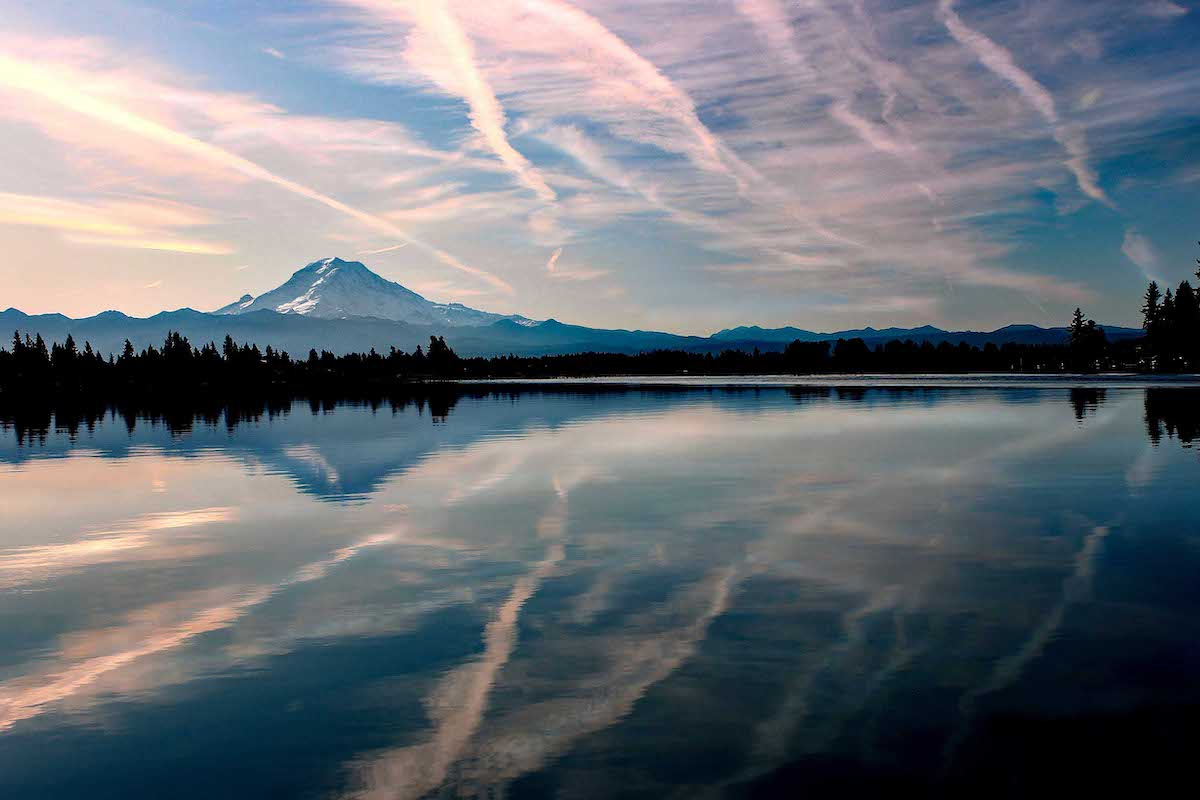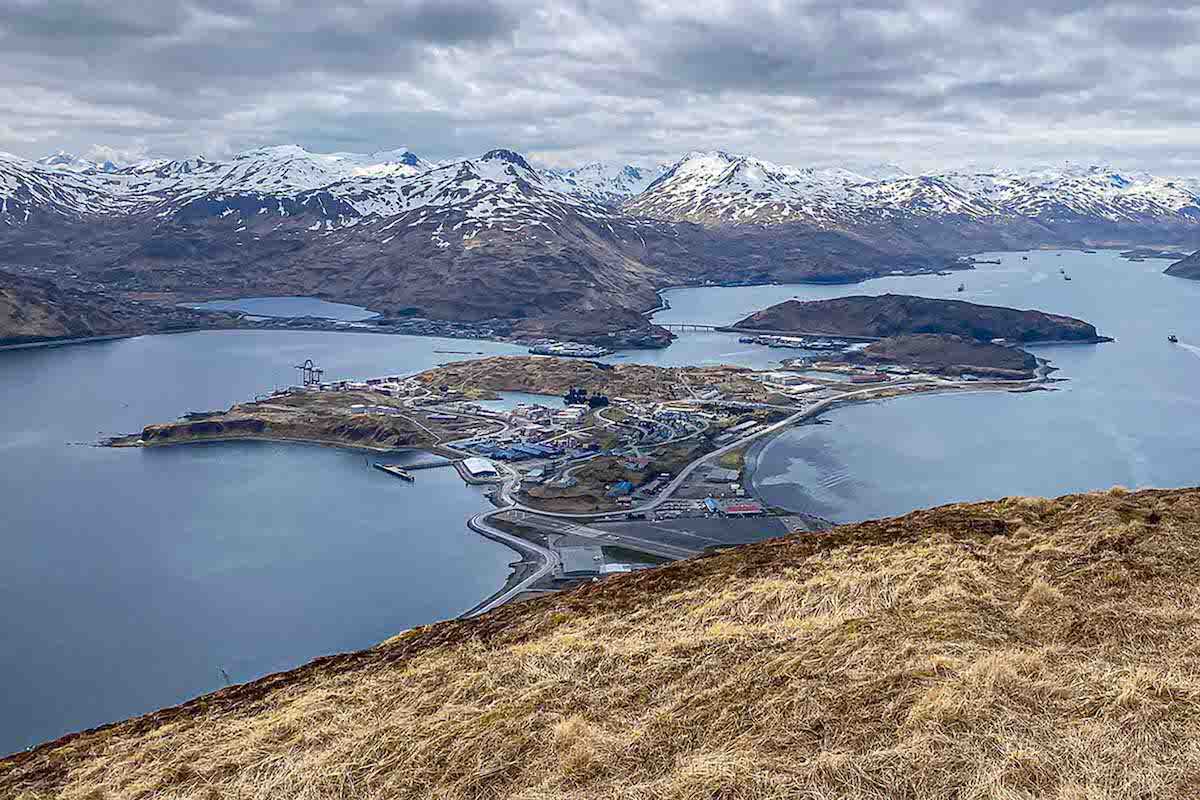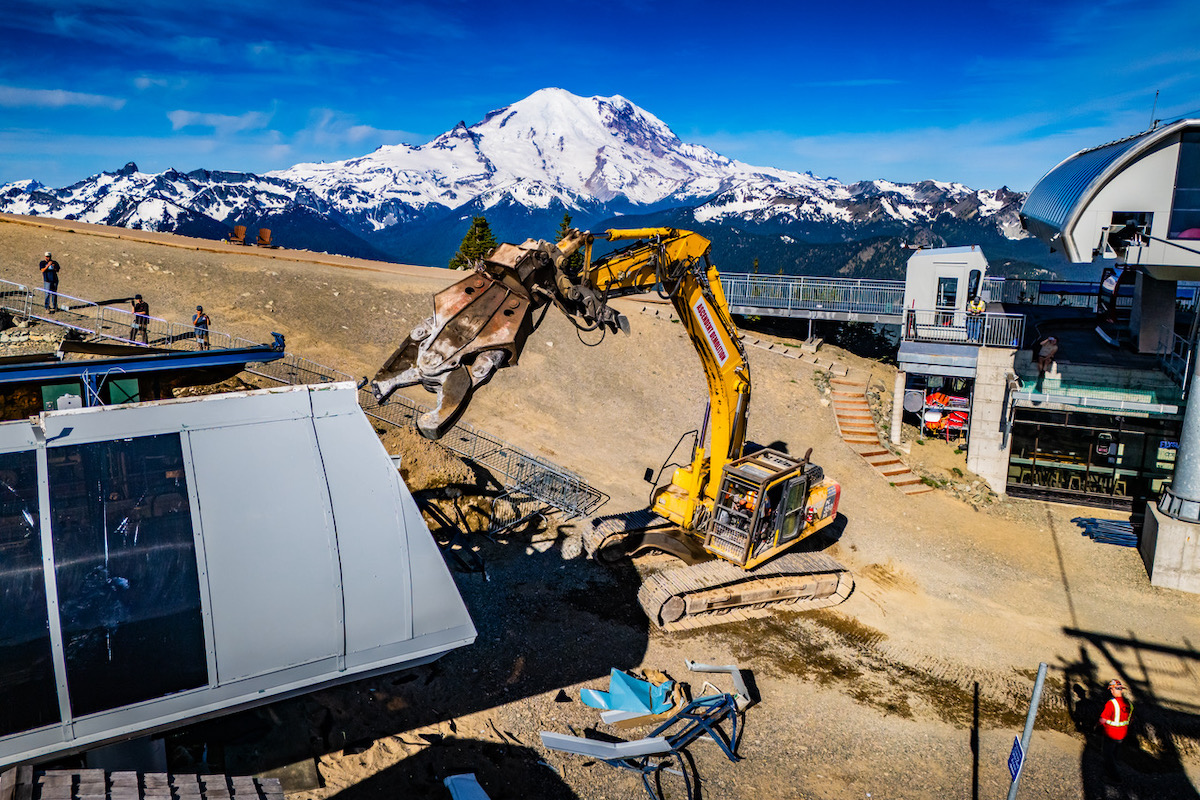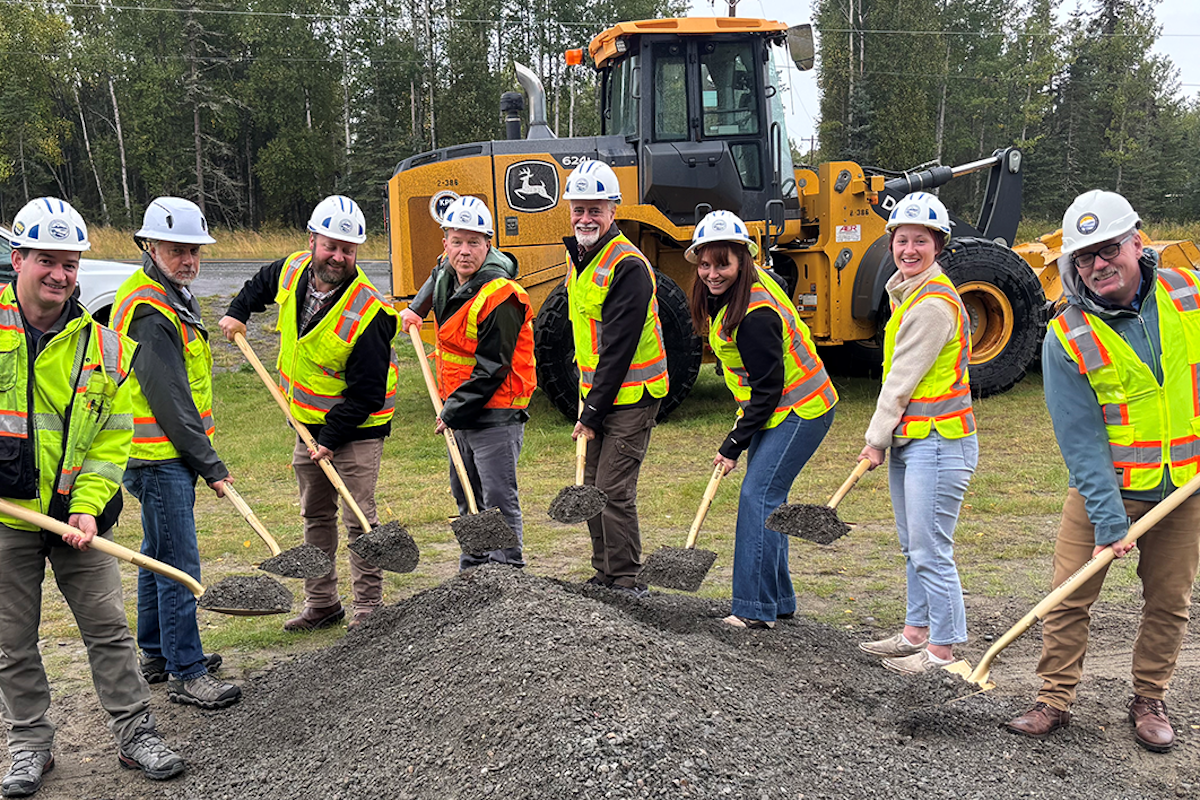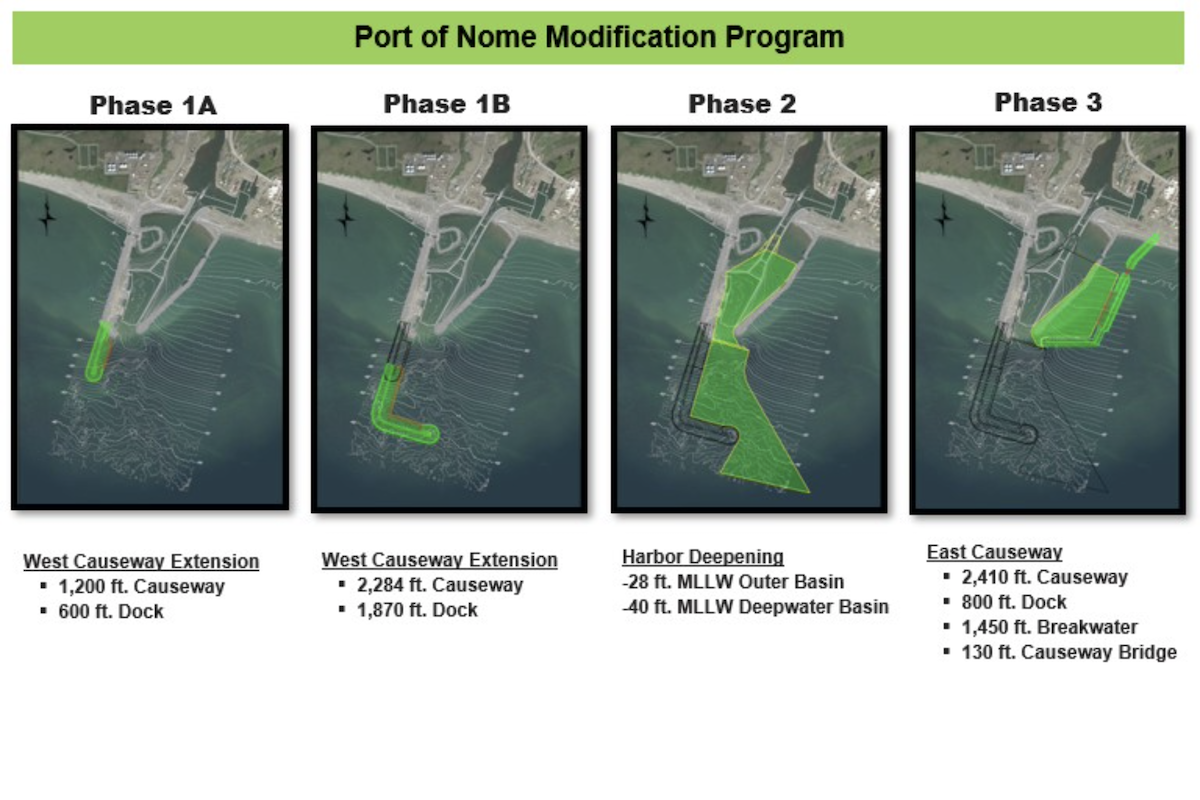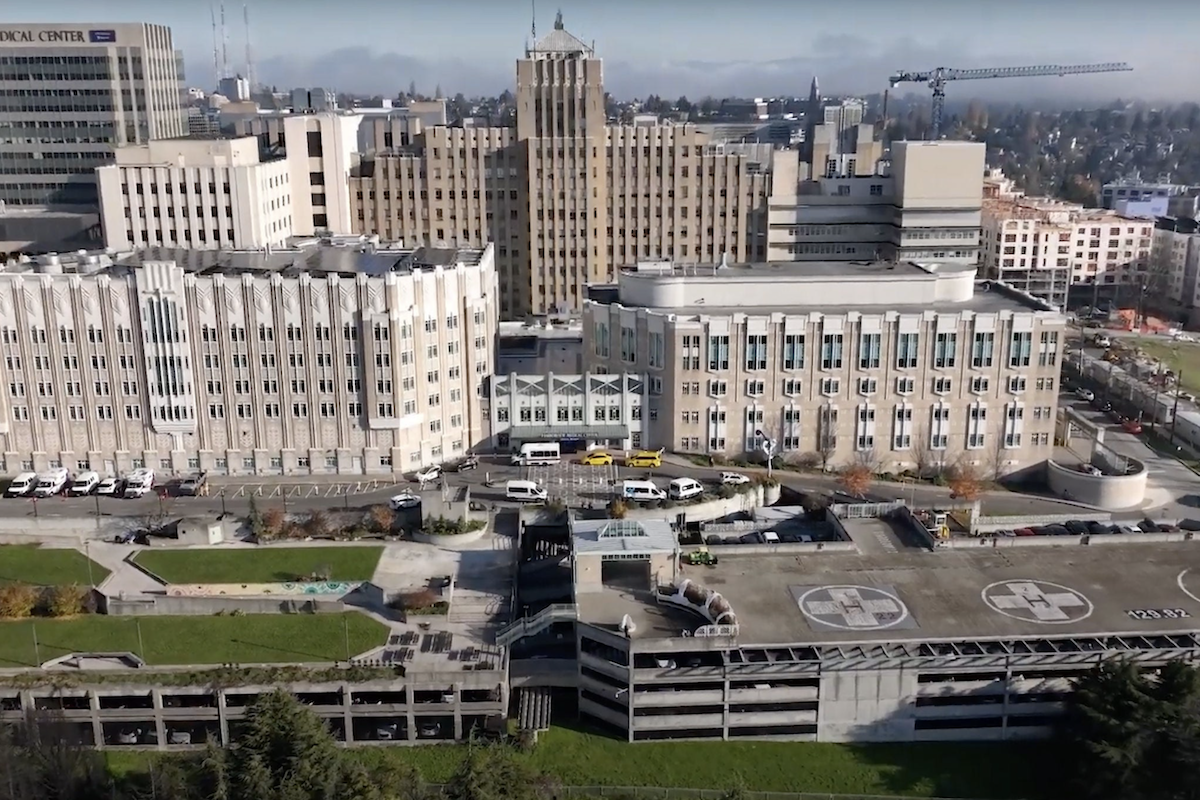Bridge 8, which carries U.S. Route 2 over the lake from North Hero to Grand Isle, is a twin leaf bascule bridge. Its deck is composed of two spans which join each other in the middle of the bridge. Originally built in 1953, it is the only remaining vehicular movable bridge in the state, and also the only road connecting the islands. If the bridge is closed for any reason, the shortest detour route for vehicles is 75 miles – an inconvenience for general motorists and a major concern for emergency services.
The average annual daily traffic as of 2018 is estimated at 3,000 vehicles per day, with that number doubling during the busy summer and fall months. Additionally, the crossing is utilized by increasing numbers of pedestrians and bicyclists. Marine traffic is also a significant part of the drawbridge's importance – it provides boat access from the east side of the islands to the west side, and is the only passage for east-west marine traffic along Lake Champlain with the unrestricted vertical clearance that the U.S. Coast Guard requires to be maintained.
Cianbro Corporation was selected as the general contractor for the drawbridge replacement project. Mack Susi, Project Manager/Infrastructure with Cianbro, explains, “The project involved the replacement of the existing drawbridge on U.S. Route 2, along with a temporary drawbridge, a containment cofferdam to demo the existing bridge, and additional roadway improvements. The work began for the temporary bridge in the summer of 2018 and was completed in time for the opening of the Lake Champlain boating season on May 15, 2019. It remained in service throughout the project until traffic was transitioned to the new structure in November 2022.”
Phil Harrington, Resident Engineer/VTrans Construction and Materials Bureau, says, “The previous bridge was in poor condition and had several structural deficiencies. The open-grate bridge had rust holes and pitting. There was advanced section loss in several steel components. The bridge drive and control system were in poor condition. Basically, the mechanical and electrical components had exceeded their useful life, as they were exhibiting a decrease in operational reliability with an increase in maintenance costs. It should be noted that while the open grate deck helped reduce the bascule leaf weight, it also left the mechanical and electrical equipment more exposed to de-icing salts and the elements, contributing to their deterioration. Plus, the bridge railing did not meet current crash testing requirements.”
Susi reports, “The temporary bridge consisted of a trestle design, with 12 pile bents each with three plumb 30-inch diameter pipe pile and two battered 30-inch pipe pile. Each battered pile had a rock anchor installed for additional stability. At the channel, a 130-foot Acrow bridge was put in place with a 60-foot single leaf bascule span to allow for the unlimited vertical clearance during bridge openings.” (Acrow Corporation is a leading manufacturer of modular steel bridges for both temporary and permanent applications.)

| Your local Trimble Construction Division dealer |
|---|
| SITECH Northwest |
“The temporary single-leaf bascule bridge was constructed using two Manitowoc 4100 Cranes working out towards the channel, adjacent to the existing bridge,” Susi continues. “This allowed for two lanes of vehicular traffic to remain throughout the majority of the project and maintained a 40-foot-wide unrestricted navigable channel throughout construction. When closed, the temporary bridge offered 10 feet of clearance in ordinary high water.”
“Structural steel erection started in the winter of 2021/2022. The most activity occurred in 2022, when generally the entire ‘bridge building’ took place – including the structural steel and concrete work, installation of all the electrical and mechanical systems to power the bridge, and installation of all of the hydraulics and machinery. We had a successful first opening of the new bascule spans in November 2022. The temporary bridge was removed over the winter of 2022/2023.”
Like the original bridge structure, the new permanent bridge provides an 80-plus-foot-wide navigation channel with 10 feet of clearance in the closed position and unlimited vertical clearance when open. Beyond that and a similar aesthetic, however, the new bridge is significantly different from the one it replaced.
Harrington reports, “The new bridge uses hydraulic equipment which is easier to install and maintain and has fewer components to inspect. The design incorporated redundancies into the operation of the bridge so maintenance and repairs can be made while still maintaining operation. The mechanical and electrical equipment is protected and housed inside the piers. These aspects increase the overall operational reliability of the bridge. The equipment is also easier and safer to access for repair. The new bridge improves operator safety as the lounge and operating controls now reside in one location on top of the pier. The bridge has a concrete deck surface and wider shoulders, increasing safety for bicyclists.”
Susi reports that the new approach deck features stainless steel reinforcement steel, and the bascule deck is made of a half-filled galvanized grid deck which is anticipated to lengthen its lifespan. “Instead of being painted, the bascule girders are metalized and all other structural steel, including reinforcing steel, is galvanized or stainless steel. The decks of each leaf of the bridge are made of light weight concrete poured into a half-filled grid deck. With all of these improvements, the new bridge is expected to last 75 to 100 years.”
“A second challenging aspect of the project was the complexity of the pier concrete throughout the structure. The design of the pier is essentially a large concrete building, with 12 rooms, 13 cast in place concrete staircases, and 33 doors between the two piers along with architectural finishes in the rooms, HVAC systems and all of the electrical, structural, and mechanical components required to make a bascule bridge function. Another challenge was working throughout the year in Vermont on Lake Champlain, with the team working in all weather conditions, high winds, cold temperatures, rain and snow.”
“The increased operational reliability of the new bridge is critical to the community as U.S. Route 2 is an essential link for everyday travel needs, emergency services, tourism, and the economy of the Lake Champlain Islands.”
- Cianbro Corporation: General contractor
- HDR Engineering: Design consultant – HDR had sub-consultants CHA for highway design services and EIV for environmental and permitting assistance.
- Green International Affiliates: Independent cost estimator (ICE) services in conjunction with their sub-consultant, Keville ,during the project development process
- EIV Technical Services: Overall bridge construction inspection and public information outreach
- Hoyle, Tanner and Associates: Project manager services
- VHB: Contaminated soil consultant
- WSP: Mechanical and electrical inspection



















